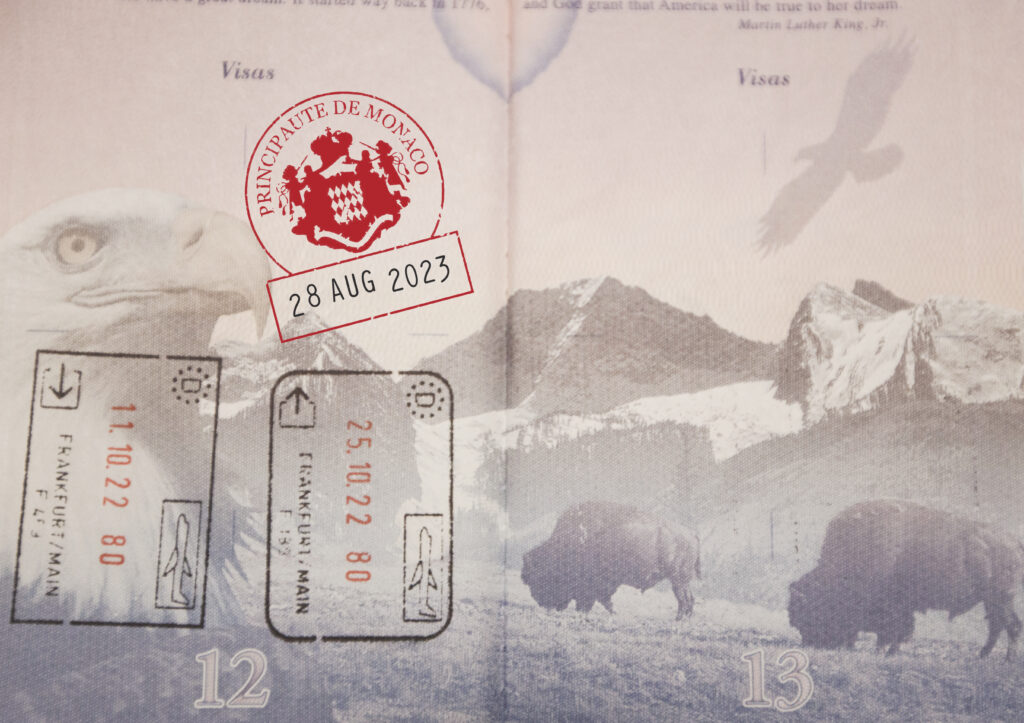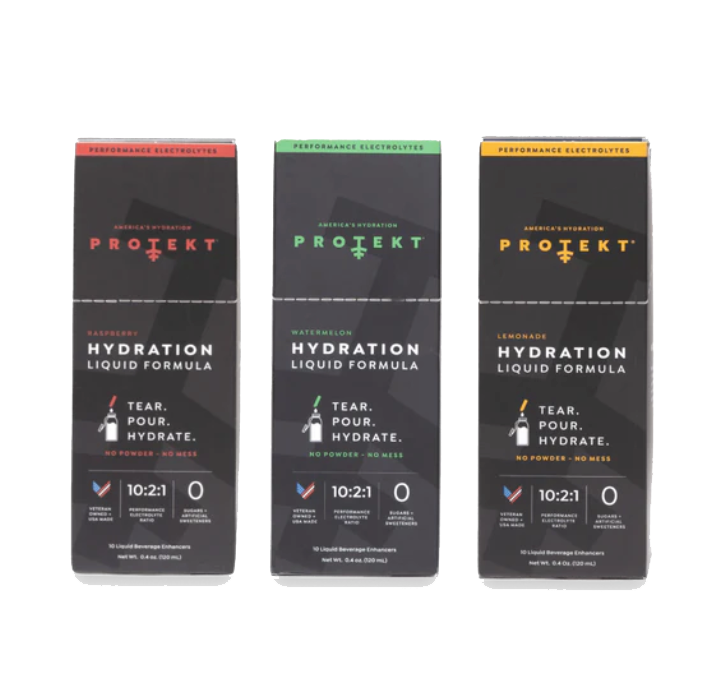FP COMMUNIQUE 005
New European Travel Rules:
The Good, The Bad, and The Passport-Stamping Drama

By Alessandro Pietri
We follow the trends so you don’t have to.
You’ve spent months meticulously planning your dream trip to Europe — the art galleries in Paris, the winding roads in Tuscany, the pubs in Dublin where the Guinness tastes just like heaven. You’ve bought the tickets, booked the hotels, and practiced your “merci” and “grazie” like a true world traveler. Then, you get to the airport… and the chaos begins.
New travel rules. Because apparently, “just showing up” with your passport and a good attitude is no longer enough.
Starting in 2025, if you’re an American (or from certain other countries), you’ll need more than just a plane ticket and your favorite travel hoodie. There’s a whole new set of hoops to jump through before you can sip that overpriced espresso in Rome. But fear not — while this may sound like the beginning of a bureaucratic nightmare, we’re here to break it down for you with a little humor and a lot of clarity.
The Big One: The ETIAS (European Travel Information and Authorization System)
First up, meet the new travel system that’s going to make you feel like you’re applying for a visa, even though it’s not quite a visa. Enter ETIAS — the European Travel Information and Authorization System. Think of it as Europe’s version of TSA PreCheck, but for international travelers. It’s basically a fancy name for the new authorization you’ll need to visit the Schengen Area (24 countries, including France, Italy, Spain, and more).
The good news? It’s easy. You’ll fill out an online application and pay a small fee — around 7 euros. Once approved, which can take just minutes, you’ll be granted entry into the Schengen Area for up to 90 days within a 180-day period. The bad news? Your approval is valid for just three years, so you’ll need to do it again every few years. But hey, at least it’s cheaper than most tourist attraction tickets, right?

Passport Control’s New Best Friend: Digital Fingerprints
Gone are the days of sweaty palms as you hand over your passport at immigration, praying you don’t get questioned about the real reason you’re visiting Spain. By 2025, most European airports will have upgraded their systems to include digital fingerprinting.
This means you’ll be scanned and possibly even fingerprinted as you enter and exit the continent. It’s like a high-tech, less-clinical version of an episode of CSI: Europe. So, if you’ve been getting cozy with fingerprint-scanning technology in airports stateside, you’re ahead of the curve. If not, well, don’t worry — you won’t have to sign a confession.
The Dreaded “No Visa, No Travel” Problem
If you’re used to hopping across the pond without so much as a visa in hand, things are about to get a bit more complicated. While ETIAS is less cumbersome for tourism, if you’re planning to study, work, or stay longer than 90 days, you’ll still need a visa. And let’s just say the paperwork involved is about as fun as filing your taxes.
But before you start panicking, remember this: the rules aren’t entirely new — they just seem more official now. The main difference is that travelers will now be monitored more closely for overstaying their welcome. So, don’t get too carried away at that last-minute “stay an extra week” decision. Europe’s got your passport details in their digital system.
Why Is This Happening? The Big Picture
You’re probably wondering: Why now? After all, Europe has managed just fine without these measures for decades. But here’s the thing — the pandemic and the rise in international travel have shifted priorities for safety, security and more government overreach. The European Union wants to ensure that travelers are properly vetted before they step foot on the continent. Plus, digital record-keeping, albeit while tightening the screws on your personal freedoms, makes it easier for them to track where people are and whether they’re overstaying their visas (spoiler: they’re often overstaying).
While these rules might make us feel like we’ve entered a new era of Fortress Europe, they’re actually designed to make our travels smoother and safer. No more paper forms, no more waiting in line for 45 minutes to get your passport stamped — everything’s going digital.
The Takeaway
Yes, the new rules in 2025 might seem a little daunting at first, but if you take a deep breath, fill out the forms, and get your digital passport ready, you’ll be cruising the Autobahn or tasting gelato in Florence like a pro in no time.
The future of travel is here, and it’s a trade-off—more efficiency and security, at the cost of your privacy and freedom. It’s not ideal, but it won’t stop us from roaming the world. After all, no amount of paperwork can take away the thrill of stepping into a foreign country, rich in culture, and a whole new adventure. So, pack your bags, print out your ETIAS authorization and get ready for 2025 — it’s going to be one wild ride.
AA



